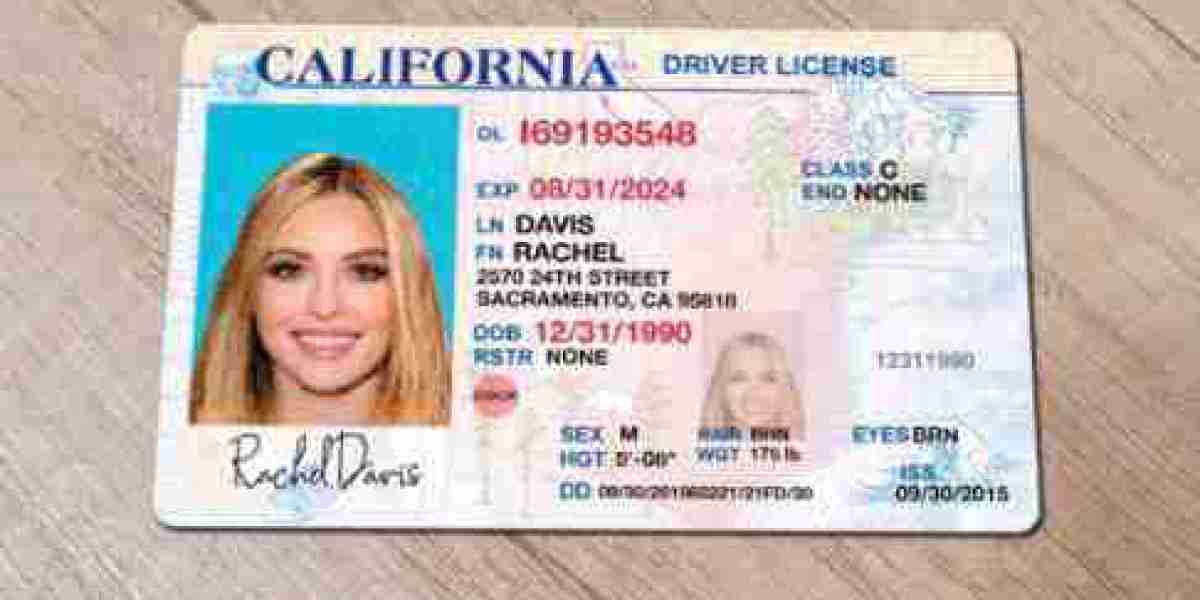In today's interconnected world, the internet isn't just a tool; it's a lifeline. From personal communications to professional interactions, the ability to verify and secure these connections has become paramount. Have you ever stopped to think about how much of your personal data traverses the digital world daily? And how secure are these digital channels? Understanding and utilizing the right digital tools not only protects your online interactions but can also streamline processes in a way that was unthinkable just a decade ago.
Understanding Digital Verification Technologies
In the realm of online security, digital verification technologies stand as critical sentinels guarding the gates of data exchange. These technologies range from simple password protections to advanced biometric verification systems, ensuring that only the rightful users access sensitive information. But what exactly does digital verification entail?
Digital verification involves validating the authenticity of user credentials and documents in real-time over the internet. This process ensures that the interactions and transactions are carried out by verified entities, thereby reducing the risk of fraud. For instance, consider the scenario where you need to prove your identity online; this is where a driver license template comes in handy, offering a reliable method for entities to verify your identity without the need for physical document exchanges.
The Legal Framework Surrounding Digital Tools
The legality of using digital tools for verification is a tapestry woven with various international, national, and local laws. These regulations ensure that the use of digital verification tools adheres to strict privacy and security standards. For example, in the European Union, the General Data Protection Regulation (GDPR) sets guidelines for the collection and use of personal information by businesses, providing a legal backbone to digital verification processes.
Understanding these legal frameworks is essential not only for compliance but also for ensuring that the tools you rely on are legally sound. It’s crucial for businesses and individuals alike to stay informed about these laws to avoid potential legal pitfalls.
Advantages of Using Trusted Digital Tools
The advantages of integrating digital verification tools into your daily online interactions are numerous. Here’s a closer look:
- Enhanced Security: These tools use complex algorithms and data encryption to protect your information, significantly lowering the risk of data breaches and identity theft.
- Efficiency: Digital tools streamline verification processes, reducing the need for paperwork and saving valuable time.
- Accessibility: With just an internet connection, these tools allow for remote verification, making it easier to conduct business globally.
Incorporating these tools into your workflow isn't just about following best practices; it's about setting a standard that prioritizes security and efficiency.
Choosing the Right Tools for Your Needs
Selecting the right digital verification tools can be daunting, but focusing on a few key factors can simplify the process. Here’s what to consider:
- Reliability: Look for tools with a proven track record of accuracy and dependability.
- User Experience: Choose tools that are easy to use and integrate into your existing systems without disrupting user engagement.
- Security Features: Prioritize tools that offer robust security measures, including data encryption and fraud prevention mechanisms.
Whether you’re an individual looking to protect your personal data or a business aiming to secure client interactions, the right digital tools can make all the difference.
Conclusion
As we navigate through the digital age, the significance of secure online interactions cannot be overstated. By understanding and implementing the right digital verification tools, we can safeguard our online presence against the myriad threats that loom in the virtual shadows. Remember, in the digital world, your security is only as good as the tools you use. Choose wisely, stay informed, and take proactive steps to protect your digital interactions.


